Foley Family Crest, Coat of Arms & Foley Name Origin
|
|
|
|
|
| Return to Home page | Bookmark this page | Link to this page | Send a Foley Postcard |
| Find Your Name | ||||||||
| A | B | C | D | E | F | G | H | |
| I | J | K | L | M | N | O | P | |
| Q | R | S | T | U | V | W | X | |
| Y | Z | |||||||
Foley Family Crest


Origin of the Name Foley
The ancient history of the name Foley was found in the allfamilycrests.com archives.
Over the centuries Surnames developed a wide number of variants. Different spellings of the same name can be traced back to an original root. Additionally when a bearer of a name emigrated it was not uncommon that their original name would be incorrectly transcribed in the record books at their new location. Surnames were also often altered over the years based on how they sounded phonetically and depending on the prevailing political conditions it may have been advantageous to change a name from one language to another.
Variants of the name Foley
include McSharry and Fooley. This Irish sept originated in County Waterford, gradually spreading across the southern part of the country to Counties Cork and Kerry . A sept or clan is a collective term describing a group of persons whose immediate ancestors bore a common surname and inhabited the same territory. Irish septs and clans that are related often belong to even larger groups, sometimes called tribes.
The name is derived from the Irish word 'foghladha', meaning plunderer, and is mostly anglicized Foley and sometimes Fowloo. It is in County Waterford where most of the present day Foleys are to be found. John Henry Foley, 1818-1874, attained international fame as a sculptor. Many of his statues still adorn the streets of Dublin City. Another notable bearer of the name was Rev. Daniel Foley, 1815-187, of Dublin University, who compiled and published the Irish Dictionary.
The Foley coat of arms came into existence centuries ago. The process of creating coats of arms (also often called family crests) began in the eleventh century although a form of Proto-Heraldry may have existed in some countries prior to this. The new art of Heraldry made it possible for families and even individual family members to have their very own coat of arms, including all Foley descendants.
|
WONDERFUL GIFTS FOR EVERY OCCASION
Show Off Your Heritage With Our Range Of Top Class Gifts For Your Family Name! VERY LIMITED TIME OFFER: FREE DELIVERY!!! |
||
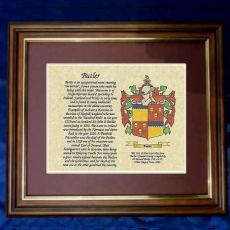 Parchment Prints: Framed, Unframed, Perfect  |
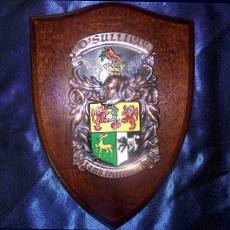 Researched Hand-Painted Plaques & Shields  |
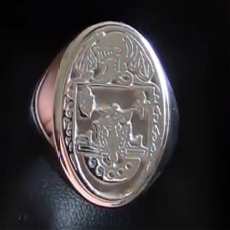 Incredible Hand-Engraved Signet & Seal Rings  |
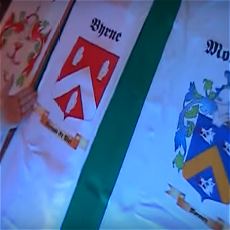 Get your Family Crest Flag, on Ireland or White background!  |
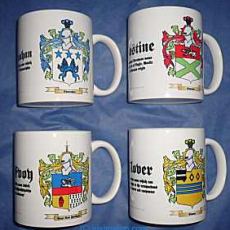 Personalized Coffee Mugs Make Thoughtful Personalized Gifts  |
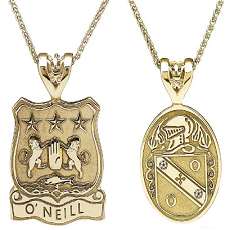 Engraved Pendants in Gorgeous Gold or Stylish Silver.  |